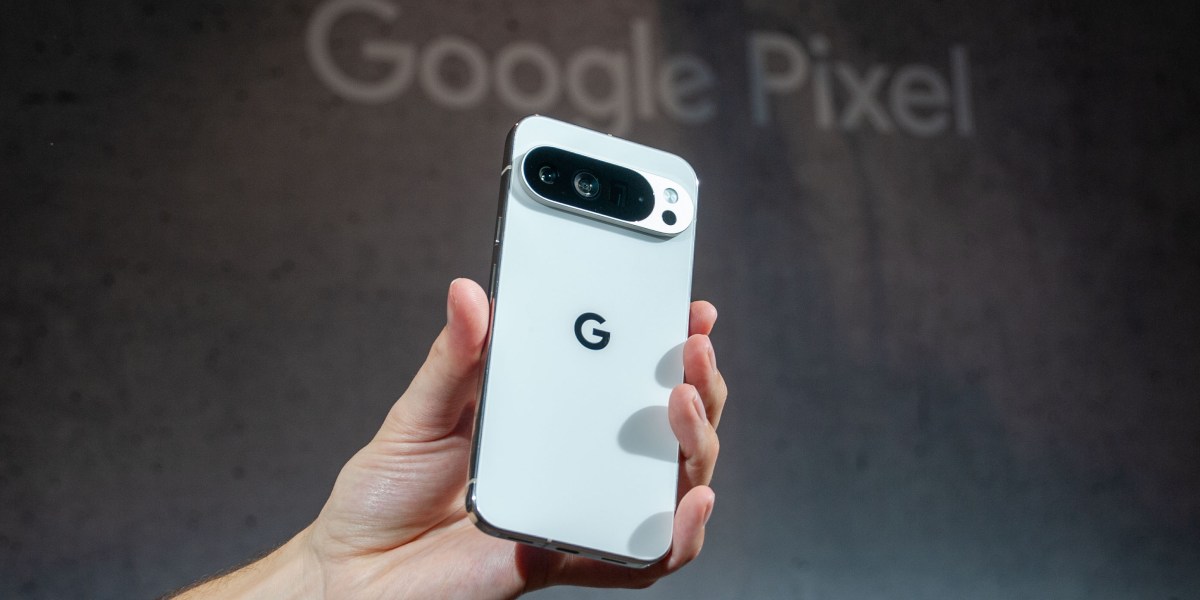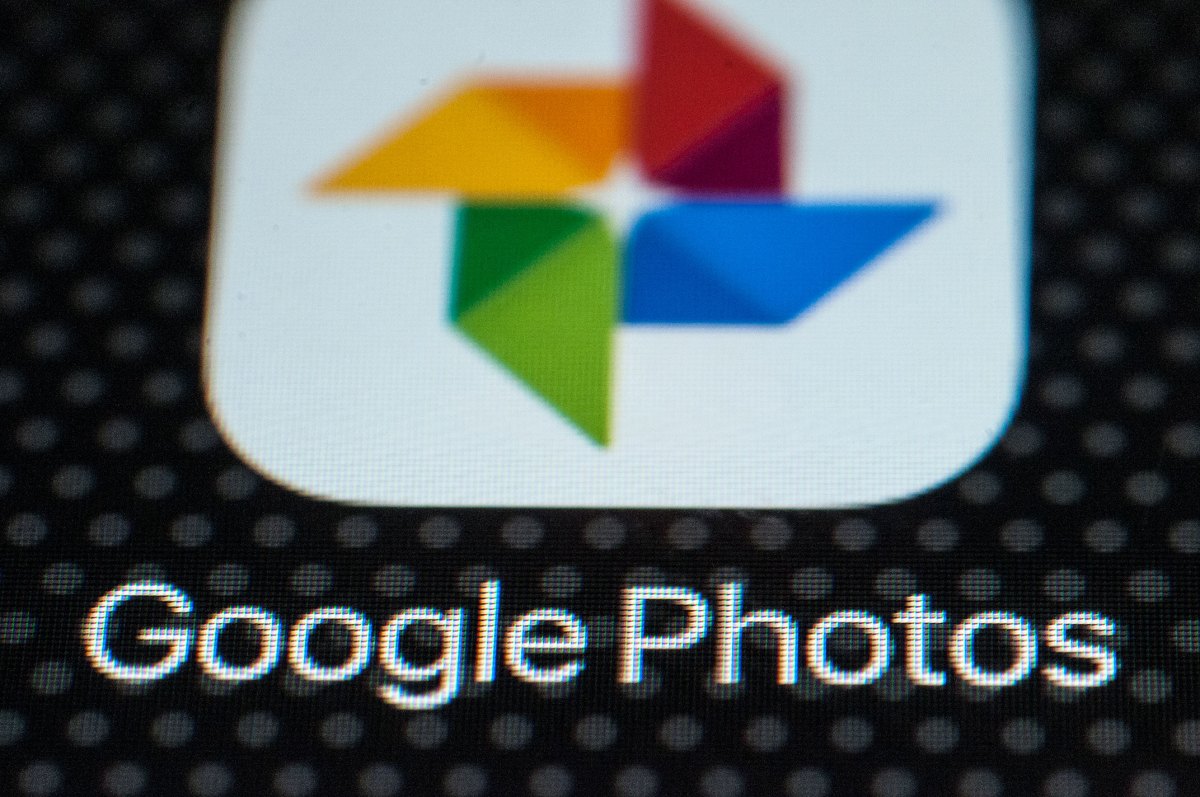fromGSMArena.com
21 hours agoDeals: Google Pixels come with freebies, Realme GT 8 Pro, Xiaomi 15T Pro and Poco F8 Pro on sale
With the Pixel 10 generation, Google finally adopted magnetic charging and accessories. It uses the "Pixelsnap" brand for its first-party products. You can grab a Google Pixel 10 at a solid €250 discount and score a free Pixelsnap wireless charger. The Google Pixel 9a is a more affordable alternative, though note that it will soon be replaced by the 10a. Anyway, this one also has a freebie, a Pixel case, on top of its €150 discount.
Mobile UX





























